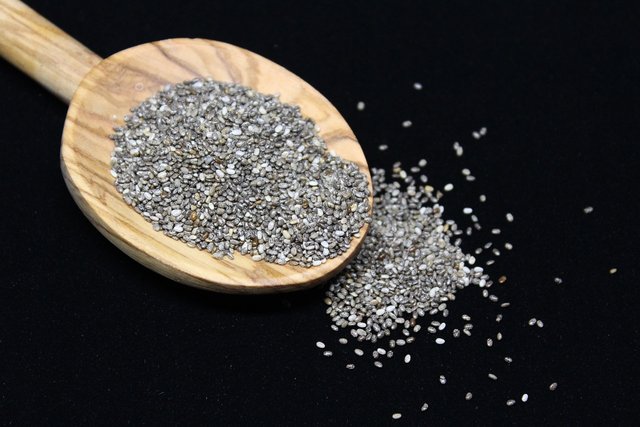In the quest for healthier eating habits, ancient grains have surged in popularity among health enthusiasts. These grains, cultivated for thousands of years, are revered not only for their rich history but also for their remarkable health benefits. Unlike their refined counterparts, ancient grains provide a wealth of nutrients including fiber, protein, vitamins, and minerals. Here’s an exploration of some ancient grains that are not just good for you but are also a delicious addition to your daily diet.
Quinoa
Often misclassified as a grain, quinoa is actually a seed from South America that has been a staple food for thousands of years. This powerhouse ingredient is gluten-free, high in protein, and one of the few plant foods that contain all nine essential amino acids. It's packed with dietary fiber, magnesium, B vitamins, iron, potassium, calcium, phosphorus, vitamin E, and various beneficial antioxidants. Quinoa is incredibly versatile and can be used in salads, soups, or as a substitute for rice.
Amaranth
Like quinoa, amaranth is not technically a grain but a seed, and it has been cultivated for over 8,000 years. It boasts a robust nutritional profile, being particularly rich in fiber, protein, and micronutrients like manganese, magnesium, phosphorus, and iron. Amaranth is known for its cholesterol-lowering properties and is an excellent choice for those looking to boost their heart health. Its nutty flavor makes it perfect for porridge, baking, or as an addition to smoothies.
Farro
Farro is a term that encompasses three types of heirloom wheat grains: emmer, einkorn, and spelt. It originated in the Fertile Crescent and has been found in the tombs of Egyptian kings. Farro is lauded for its nutty flavor, chewy texture, and impressive nutritional benefits, including being rich in fiber, protein, and antioxidants like magnesium and zinc. This grain is ideal for salads, soups, and stews, or simply enjoyed as a hearty side dish.
Chia Seeds
Chia seeds have gained immense popularity as a modern superfood. Despite their tiny size, these seeds pack a powerful nutritional punch. They are an excellent source of omega-3 fatty acids, rich in antioxidants, and provide a substantial amount of fiber, protein, calcium, and magnesium. Chia seeds can absorb up to 12 times their weight in liquid, becoming gel-like, which makes them a unique ingredient for puddings and smoothies. Their ability to keep you fuller for longer periods also aids in weight management. Easy to incorporate into your diet, chia seeds can be sprinkled over salads, added to baked goods, or simply mixed into water or juice.
you can buy chia seeds from here https://opure.pk/chia-seeds/

Teff
Originating from Ethiopia and Eritrea, teff is a tiny grain that packs a nutritional punch. It's a fantastic source of dietary fiber, protein, iron, manganese, magnesium, and calcium. Teff is also gluten-free, making it a great choice for those with gluten sensitivities or celiac disease. This grain has a mild, nutty flavor and can be used to make porridge, stews, pilaf, or the traditional Ethiopian flatbread, injera.
Millet
Millet is a small-seeded grass widely cultivated as a cereal crop in Asia and Africa. It’s gluten-free and full of nutrients such as magnesium, phosphorus, and antioxidants. Millet can assist in lowering blood sugar levels and protecting heart health. Its versatility makes it excellent for breakfast bowls, salads, or as a healthier alternative to white rice.
Sorghum
Sorghum, also known as milo, has been a staple in Africa and parts of Asia for centuries. This drought-resistant grain is an excellent source of protein, iron, B vitamins, and dietary fiber. Sorghum can be consumed whole, ground into flour, or even popped like popcorn. It's an excellent grain for those looking for nutritious gluten-free options.
Kamut
Kamut is the trademarked name for Khorasan wheat, an ancient grain believed to be discovered in an Egyptian tomb. Kamut contains more protein, amino acids, vitamins, and minerals than modern wheat and is especially rich in selenium, zinc, and magnesium. Its sweet and nutty taste makes it a delightful addition to baked goods, salads, and pilafs.
Conclusion
Incorporating these ancient grains into your diet is not just a way to diversify your meals but also a step towards a healthier lifestyle. Each of these grains offers unique flavors and textures, proving that eating well doesn’t have to be boring. Whether you’re a seasoned health enthusiast or just starting your wellness journey, exploring the world of ancient grains can open up a new realm of culinary possibilities and health benefits.